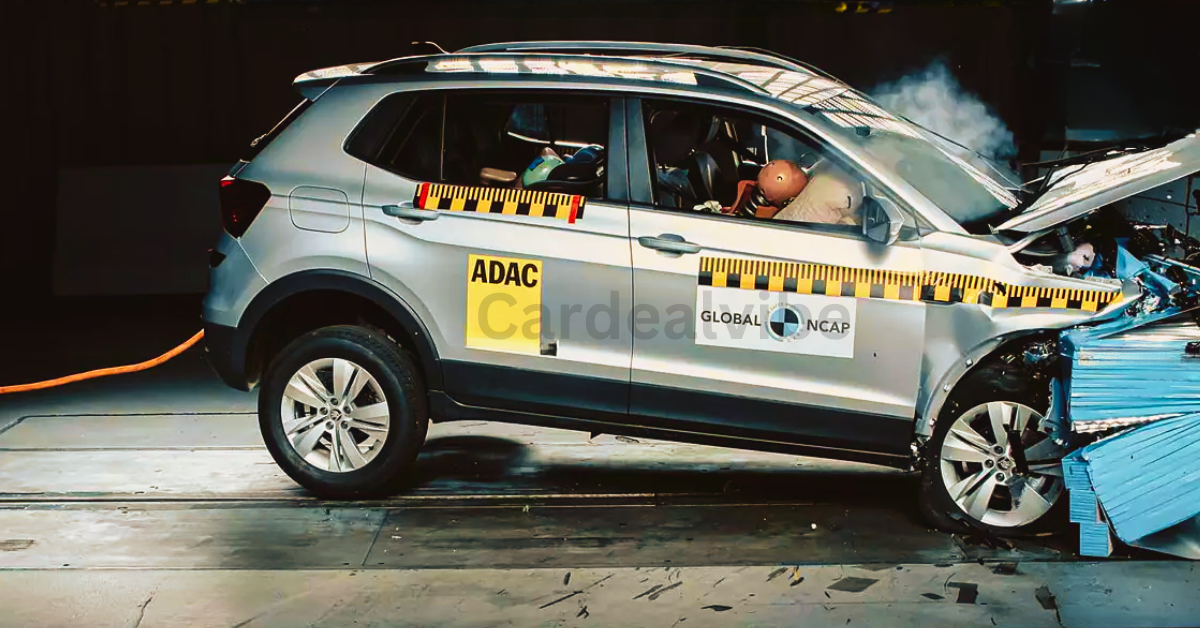Apple Rejects EV Plans to Concentrate on Generative AI
- Apple Rejects EV: Apple began developing self-driving electric vehicles with Project Titan back in 2014.
- Apple originally intended to produce Level 4 autonomous electric vehicles, but ultimately decided to switch to Level 2+ EVs.
- Apple is shifting its emphasis to generative AI after discontinuing its EV project.
- Other tech firms, such as Google, Sony, and Xiaomi, have made strides toward producing electric or self-driving vehicles.
There has been no public declaration from the tech giant regarding the cancellation of Project Titan, the internal name for Apple’s electric vehicle, according to people with knowledge of the matter. Before being abandoned by the corporation for reasons that are only known to the brand, this massive Apple project had been in development for about ten years. The project is estimated to have employed 2,000 people, many of whom were transferred to Apple’s generative AI project, and they were informed that the project would shortly come to an end. This is all the information that we currently know about the Apple EV initiative.
Project Titan

When Apple first started producing autonomous electric cars in 2014, it was aiming to become a player in the automotive sector. Apple had originally intended to create a car with voice commands to operate Level 4 driving assistance systems in place of a steering wheel and pedals.
Apple has tested its driver assistance system and gone through several different car designs. However, according to recent sources, the company decided to stick with human controls and downgrade the driver aid from Level 4 to Level 2+. Even with such concessions, the most recent reported best-case launch date for an Apple EV was 2028—a long way off.
However, after ten years of development, Apple has abandoned this project thus, an electric vehicle from the company is unlikely. Apple has not explained, but rumors suggest that it might be because of the drop in EV sales worldwide.

Apple might have been discouraged from investing millions more in the EV project for several reasons. This includes the cost difference between electric and hybrid cars and gasoline and diesel cars, the growing popularity of hybrid cars, and the difficulties in creating autonomous driving technology that can be commercially successful while still having a large number of potential uses.
Generative AI

Apple is pursuing generative artificial intelligence, much like many other large tech businesses. For the unfamiliar, generative AI is a type of artificial intelligence application that requires little to no input from the user to produce text, images, audio files, or even videos. ChatGPT, which surprised everyone with its powers, is a shining example of this technology.
Apple will be refocusing its workforce on generative AI, which has been gaining a lot of attention lately, after abandoning its EV project. Apple Rejects EV has the potential to integrate this technology into its newest product, the Apple Vision Pro, which displays digital objects in the physical environment using augmented reality. The company plans to continue developing this technology for its upcoming product lines.
Future Of Apple EV
Project Titan may not come to an end, even though the tech giant has temporarily abandoned its plans to produce an electric car. Not with an emphasis on fully autonomous capabilities, but similar to Apple, other electronics and computer businesses have been attempting to break into the car market in the EV arena in recent years. Firms like Xiaomi and Sony have created their electric vehicles; the latter has collaborated with Honda in this regard. By employing cars like the Jaguar I-Pace as donor vehicles, Google is also progressing with its Waymo self-driving car project.
Apple might continue where it left off around 2030, and its dream of an electric car might come true. Is there any interest in an Apple-produced electric vehicle? In the comments section below, share your thoughts with us.
Also Read: Introduced Is The Skoda Sub-4m SUV Naming Contest




















